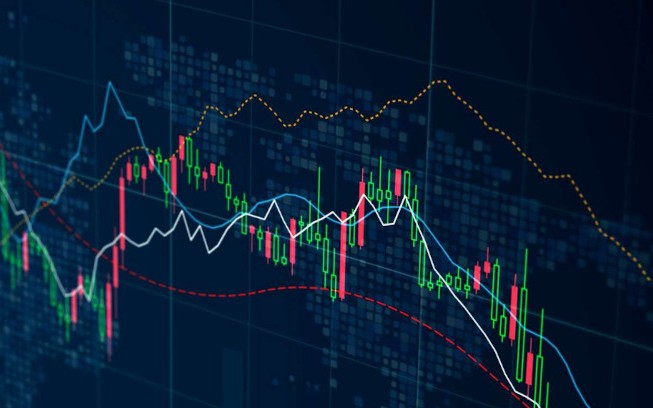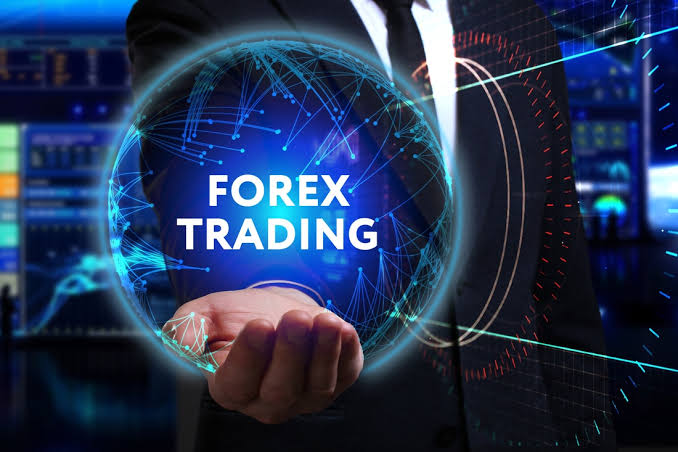
Professional Guidelines for Forex Trading Framework
Forex trading can be a complex yet rewarding venture for those who take the time to equip themselves with the right knowledge and tools. The foundation of a successful trading journey lies in a well-structured trading framework that is guided by professional principles. For an in-depth understanding of forex trading strategies, visit forex trading framework professional guidelines forex-level.com. This article aims to outline the essential professional guidelines necessary for creating an effective trading framework.
1. Understand the Forex Market
The first step towards successful forex trading is comprehensively understanding the market itself. Forex (foreign exchange) is a decentralized global market where currencies are traded. Unlike stock markets, forex operates 24 hours a day, allowing traders to participate at any time. Understanding key concepts such as currency pairs, pips, spreads, and leverage is crucial before embarking on trading.
2. Develop a Trading Strategy
Once you have a solid grasp of the forex market, the next step is to develop a personalized trading strategy. A trading strategy should be based on individual risk tolerance, trading style, and financial goals. There are various strategies that traders might consider, such as day trading, swing trading, and scalping. Each approach has its own advantages and disadvantages, which should be analyzed carefully before implementation.
2.1 Technical Analysis
Many traders rely on technical analysis to predict future market movements. This involves analyzing price charts and using various indicators to assess market trends. Essential tools include moving averages, support and resistance levels, and momentum indicators. By mastering these tools, traders can make more informed decisions about when to enter and exit trades.
2.2 Fundamental Analysis
On the other hand, fundamental analysis involves evaluating economic indicators and news events that can impact currency values. Factors such as interest rates, GDP reports, and geopolitical developments play a significant role in currency fluctuations. Traders should keep an economic calendar and stay updated with global financial news to make educated trading decisions.
3. Risk Management
Effective risk management is critical in forex trading. Without proper risk controls in place, traders can incur significant losses that could potentially wipe out their trading accounts. One of the primary rules is to never risk more than 1-2% of your total trading capital on a single trade. This approach helps protect your account from substantial drawdowns and allows you to trade more sustainably over the long term.
3.1 Setting Stop Loss and Take Profit Levels

Setting stop-loss and take-profit orders are vital elements of risk management. A stop-loss order automatically closes a trade when the market moves against you by a specified amount, while a take-profit order does the opposite by securing profits once a set target is reached. Both tools help in minimizing losses and locking in gains, thereby enhancing overall trading discipline.
4. Psychological Preparedness
Forex trading is not just about analyzing spreadsheets and making calculations; it’s also about managing psychological aspects. Emotions such as fear and greed can lead to poor decisions and impulsive trading behaviors. A professional trader understands the importance of maintaining discipline and composure under pressure. Developing a trading journal can help track performance and emotional responses, helping to identify patterns that can be improved over time.
5. Continuous Learning and Adaptation
The forex market is dynamic and constantly changing. Thus, continuous learning and adaptation to new market conditions are essential. Engaging in forums, taking advanced trading courses, and reading up on the latest market analyses can provide traders with fresh insights. Moreover, being adaptive to changing market conditions will allow traders to refine their strategies effectively.
6. Utilize Trading Tools and Resources
Today’s traders have access to a plethora of tools and resources designed to enhance trading efficiency. Utilizing trading platforms with advanced charting capabilities, automated trading systems, and mobile trading apps can significantly improve performance. Additionally, brokers offering demo accounts enable traders to practice their strategies without financial risk.
7. Choose the Right Broker
Choosing the right broker is a crucial element of the trading framework. A reliable broker should be regulated, offer competitive spreads, and provide a user-friendly platform. Before settling on a broker, conduct thorough research, and consider opening a demo account to test their services. Also, pay attention to customer service and the availability of educational resources.
8. Creating a Trading Plan
Having a comprehensive trading plan that outlines strategies, risk management protocols, and trading goals is imperative. This plan serves as a roadmap to guide traders through the ups and downs of the forex market. A well-structured trading plan should be revisited and adjusted as necessary to account for personal growth and changing market conditions.
9. Review and Evaluate Performance
Regularly reviewing and evaluating your trading performance is essential for continuous improvement. This process involves analyzing both winning and losing trades to understand better what works and what doesn’t. Maintaining detailed records of trades will help identify strengths and weaknesses, leading to strategic adjustments for future trading endeavors.
Conclusion
Establishing a successful forex trading framework requires a comprehensive understanding of the market, effective risk management, continuous education, and emotional discipline. By adhering to the professional guidelines outlined in this article, traders can enhance their skills and improve their chances of success in the ever-evolving forex landscape. Remember, trading is as much a psychological battle as it is a strategic endeavor. Engaging with the forex community and utilizing available resources will empower your trading journey.

